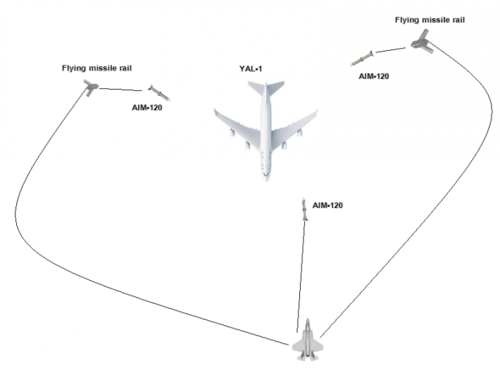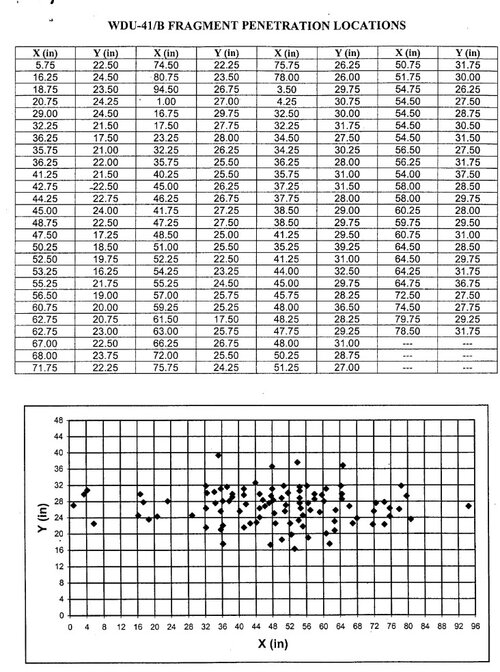bring_it_on
I really should change my personal text
- Joined
- 4 July 2013
- Messages
- 3,609
- Reaction score
- 3,641
The HALFRAAM idea seems to have transitioned to something larger and closer to AMRAAM size but with twice its range and much higher levels of agility. Again, I wouldn't characterize the LREW effort as something related to a SACM+Booster because we just don't know and because we have no basis for any performance modeling any analysis done on a notional LREW will essentially be an exercise in guess work (my original point that started this discussion).
As far as CUDA, my point was simply that the SACM effort (the USAF program) was looking into LE like warhead concepts and if CUDA doesn't include one (??) then it may not be indicative of what the USAF actually intends on fielding so using rough CUDA parameters to model SACM performance is also problematic. Similarly, the USAF has not been shy in stating that they are looking at dual/multi pulse motors with highly loaded grain designs so again their performance will be quite a bit different from legacy motors of similar size/dimensions so that has to also be built into a model (what reference to use?)..
https://www.secretprojects.co.uk/forum/index.php/topic,17332.msg347941.html#msg347941
As far as CUDA, my point was simply that the SACM effort (the USAF program) was looking into LE like warhead concepts and if CUDA doesn't include one (??) then it may not be indicative of what the USAF actually intends on fielding so using rough CUDA parameters to model SACM performance is also problematic. Similarly, the USAF has not been shy in stating that they are looking at dual/multi pulse motors with highly loaded grain designs so again their performance will be quite a bit different from legacy motors of similar size/dimensions so that has to also be built into a model (what reference to use?)..
sferrin said:A portion of the classified NGAD program has been devoted to developing new weapons to augment the capabilities of existing air interceptor missiles such as the AIM-120C/D and AIM-9X. In fiscal 2020, the Air Force wants to launch the first “scaled flight demonstrations” for a new generation of air-launched weapons, including miniature self-defense munitions and “multishot” air-to-air weapons.
The latter was formerly known as the Small Advanced Counter-air Missile (SACM), but has been renamed within the Air Force Research Laboratory as the Counter-Air Science and Technology (CAST) program. While SACM was focused on developing a missile half the size of the AIM-120 but with similar range, CAST takes a broader approach. Under CAST, the same technology that enables AIM-120-like range in a vehicle half the size can produce a weapon with double the range in a similar form factor."[/i]
https://aviationweek.com/defense/us-defense-budget-proposal-favors-next-gen-over-current-production
https://www.secretprojects.co.uk/forum/index.php/topic,17332.msg347941.html#msg347941













